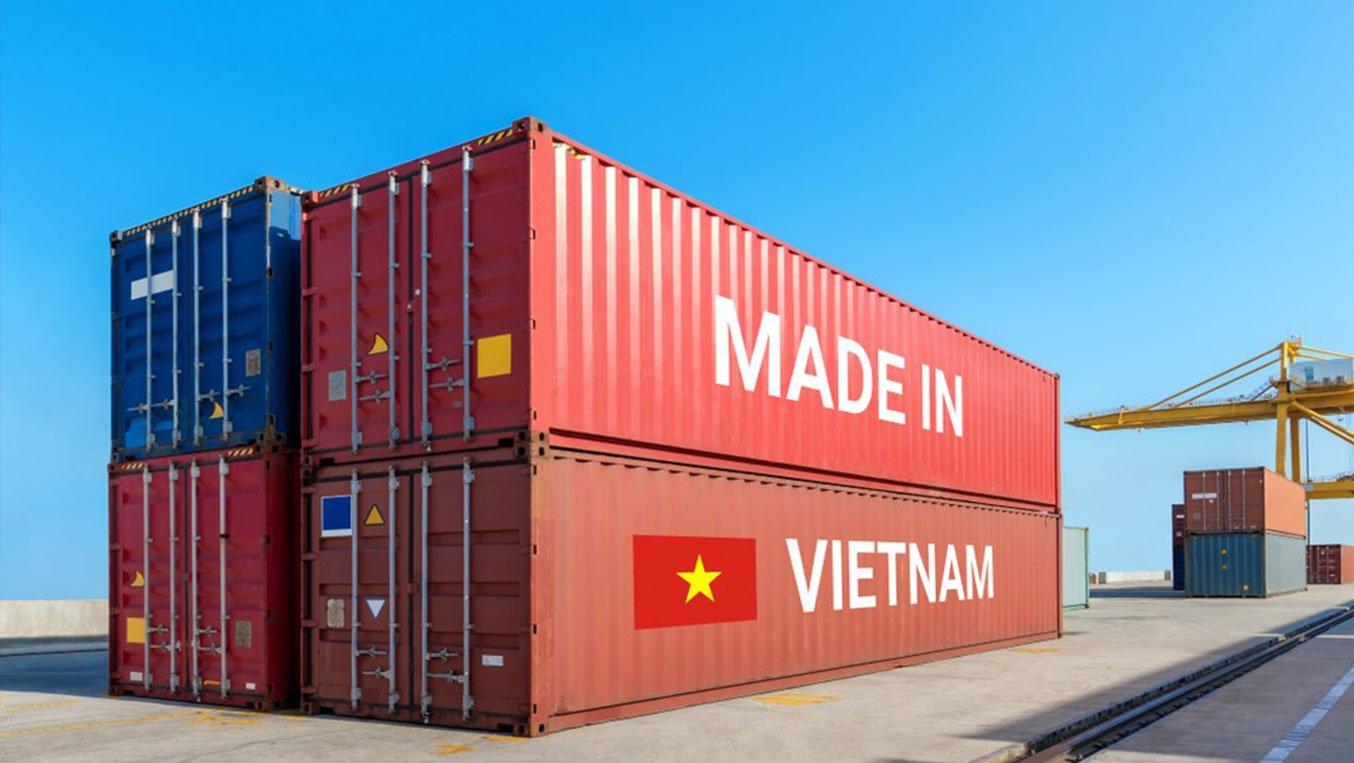
For decades, China has been the undisputed leader in global footwear manufacturing. It offered scale, capability, and supply chain integration that few other countries could match. But the landscape is shifting and fast.
In recent years, more brands, from emerging labels to established players, have begun moving their footwear development and production to Vietnam. Rising costs, shifting trade dynamics, and the need for greater flexibility and transparency are driving this transition, and Vietnam is stepping up with impressive quality, innovation and capacity to match within a transparent supply chain model.
Here are three key reasons why brands are looking to Vietnam as a future-proofed sourcing hub for footwear:
-
Cost Stability and Trade Advantages
China’s rapid economic development has brought increased wages, higher overheads, and growing operational costs, making it less viable for brands operating on tighter margins or looking to maintain pricing competitiveness.
Vietnam offers a more cost-stable environment. Labour costs remain lower than China’s, while still supporting a skilled workforce in all areas of footwear manufacturing. Vietnam also benefits from a range of free trade agreements, such as the EU-Vietnam Free Trade Agreement (EVFTA) and CPTPP, giving brands duty-free or reduced-tariff access to key global markets.
For brands selling into the EU or UK, these savings can be significant, especially when combined with more stable long-term pricing models.
-
A Fast-Maturing Footwear Ecosystem
Vietnam is no longer just a secondary player in footwear it’s now the second-largest exporter of footwear globally, behind only China. With over two decades of industry growth, the infrastructure has evolved rapidly.
Major global brands already develop and manufacture in Vietnam, bringing with them high standards and technical know-how. As a result, many Vietnamese factories now operate with ISO certifications, HIGG Index compliance, and strong environmental and labour standards and ethical trade.
The local supply chain is also improving. While China still leads in raw materials, Vietnam is increasingly sourcing components locally or regionally, reducing lead times and improving control over quality and traceability, two major factors for sustainability-minded brands.
-
Reduced Risk Through Diversification
Geopolitical tensions, trade tariffs, and pandemic-related disruptions have made it clear: supply chain resilience is non-negotiable.
Relying heavily on a single country, even one as capable as China, carries real risk. Diversifying sourcing, and Vietnam is often the first step in that diversification, allows brands to spread operational exposure, gain flexibility, and build a more adaptive, responsive supply chain strategy.
By establishing production in Vietnam, brands can reduce reliance on a single source country while still maintaining high quality and output standards.
Wrapping Up
Vietnam is no longer just a “backup” to China, it’s a world-class production hub in its own right. For brands navigating a fast-changing global landscape, sourcing from Vietnam offers a compelling mix of cost advantage, manufacturing expertise, and supply chain resilience.
Whether you’re launching a challenger brand or evolving an established one, exploring Vietnam isn’t just a tactical move, it’s a strategic one. The shift is already happening and forward-thinking brands are getting ahead of the curve.
